Rise of Mobile Device Usage
The proliferation of mobile devices has significantly impacted the Captive Portal Market. As more individuals rely on smartphones and tablets for internet access, businesses are compelled to implement captive portals to manage user connections effectively. This trend is particularly pronounced in public spaces such as airports and cafes, where free Wi-Fi is often provided. Data suggests that mobile device usage has increased by over 50% in recent years, leading to a corresponding rise in the need for effective user management solutions. Consequently, the Captive Portal Market is likely to expand as organizations seek to accommodate this growing mobile user base.
Regulatory Compliance Requirements
Regulatory compliance is becoming increasingly stringent across various sectors, driving the demand for captive portals in the Captive Portal Market. Organizations are required to adhere to data protection regulations, such as GDPR and CCPA, which necessitate the implementation of user consent mechanisms. Captive portals serve as an effective tool for ensuring compliance by capturing user data and consent prior to granting internet access. As regulatory frameworks evolve, the Captive Portal Market is expected to witness growth, with businesses investing in solutions that facilitate compliance and protect user data.
Expansion of Smart Cities Initiatives
The development of smart cities is a significant driver for the Captive Portal Market. As urban areas increasingly integrate technology to enhance public services, the need for efficient internet access solutions becomes paramount. Captive portals are being deployed in public spaces to manage connectivity and provide information to residents and visitors. This trend aligns with the broader push towards digital transformation in urban environments. Data indicates that investments in smart city initiatives are projected to reach trillions of dollars in the coming years, suggesting a robust opportunity for the Captive Portal Market to grow alongside these developments.
Increased Focus on Customer Engagement
Enhancing customer engagement is a critical focus for businesses, and captive portals play a vital role in this strategy within the Captive Portal Market. By utilizing captive portals, organizations can gather valuable user data and preferences, allowing for personalized marketing and improved customer experiences. This approach is particularly beneficial in sectors such as retail and hospitality, where understanding customer behavior is essential. Recent studies indicate that businesses leveraging customer engagement strategies see a significant increase in customer retention rates. As companies continue to prioritize engagement, the Captive Portal Market is likely to expand to meet these evolving needs.
Growing Demand for Secure Internet Access
The increasing necessity for secure internet access is a primary driver in the Captive Portal Market. Organizations are increasingly adopting captive portals to ensure that users authenticate before accessing the internet, thereby enhancing security. This trend is particularly evident in sectors such as hospitality and education, where secure access is paramount. According to recent data, the demand for secure internet solutions has surged, with a projected growth rate of approximately 15% annually. This growth is indicative of a broader shift towards prioritizing cybersecurity, which is likely to continue influencing the Captive Portal Market in the coming years.


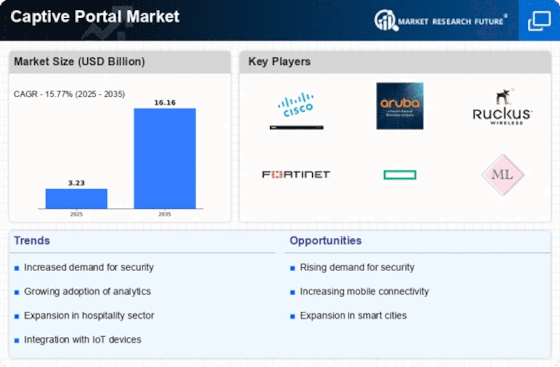
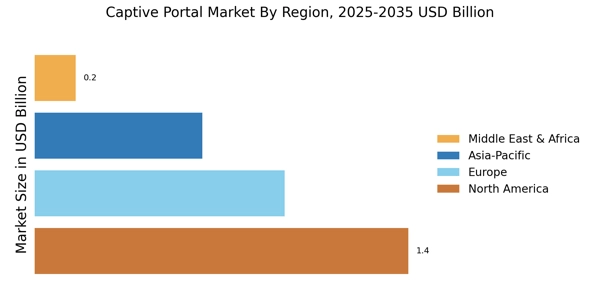
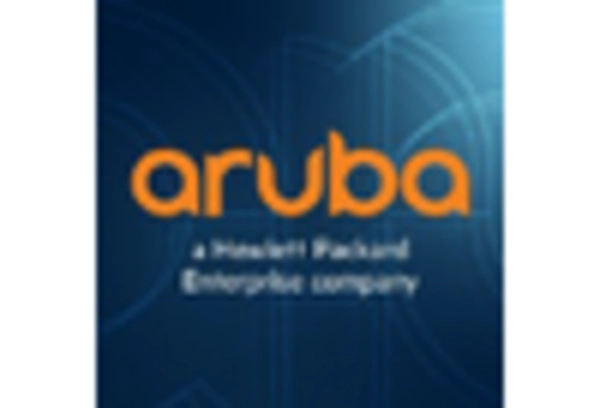



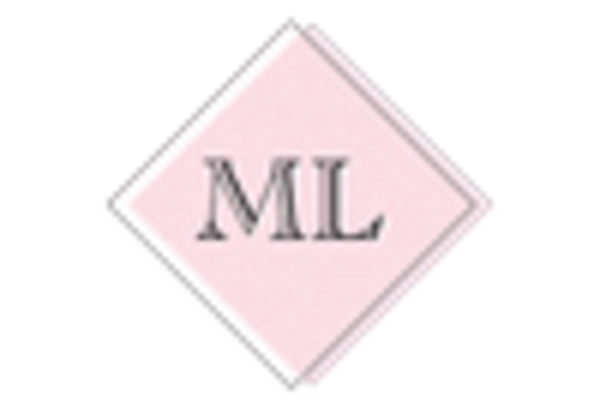
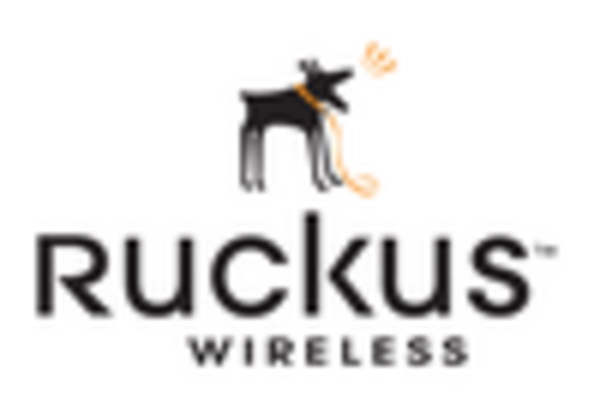








Leave a Comment